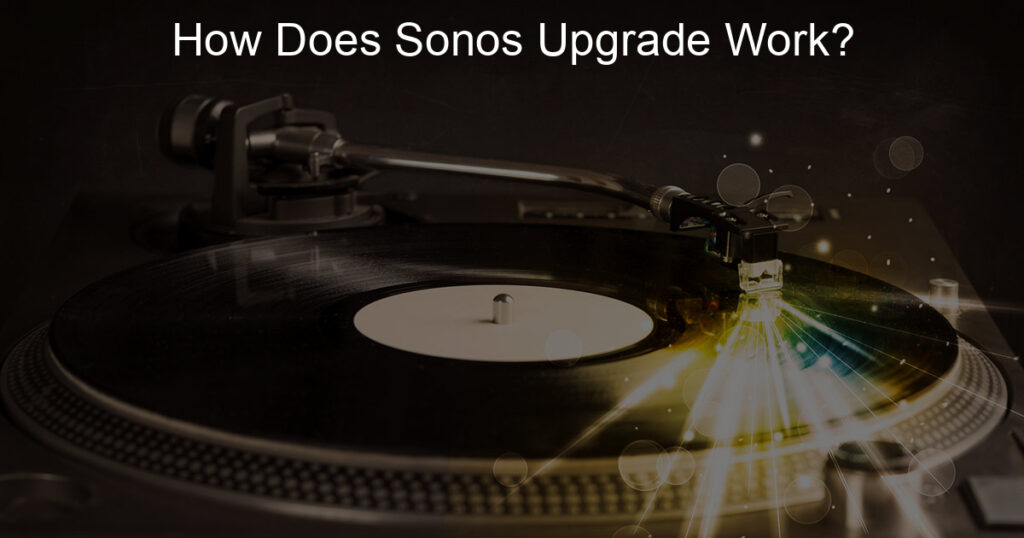Are you in the market for a new turntable but don’t know the difference between belt drive and direct drive? Look no further—we’ve got the goods! In this blog post, we’ll be looking more closely at belt drive vs. direct drive turntables so that you can make an informed decision on which one is best suited to your needs.
Why do DJs use direct-drive turntables?
DJs use direct-drive turntables because they allow them to be more precise when mixing tracks and transitioning between them. Compared to belt-driven turntables, direct drives are far more reliable and consistent in their speed, which is critical for producing a beat that’s in sync with the other music.
Plus, most modern DJ’ing turntables contain multiple torque settings that let DJs adjust the power of the motor for different needs like scratching or back-cueing. In short, direct-drive turntables offer a significantly better experience for DJs who need precision and customization when spinning records.
Are our belt drive turntables bad?
When it comes to turntables, belt drive models are often seen as being at a disadvantage in comparison to direct drive models. But this is far from the truth – belt drive turntables can provide improved clarity, have fewer vibrations and produce quieter sound.
They may be a bit pricier than direct drive ones, but they make up for it with the astounding list of features they offer. This makes them an excellent choice for audiophiles who are looking for a high-end listening experience.
Whether you’re an experienced turntable enthusiast or a vinyl newbie, you should give belt drive models serious consideration.
What is the difference between direct drive and belt drive?
Understanding the difference between a direct drive and a belt drive is an essential part of understanding how modern machinery works. A direct drive uses a spinning shaft connected directly to the output device, such as a wheel or steam engine.
This results in more efficient power transfer since no energy is lost in translating between different moving parts. Belt drives, on the other hand, connect an input and output device via an encircling belt that rotates around two or more pulleys.
Although less efficient than a direct drive, this setup often works better for machinery with limited space, especially when multiple components need to be powered by one motor. Therefore, depending on your specific needs, one type of drive may be significantly better than the other!
What’s the difference between direct drive and fully belt drive?
Understanding the difference between direct drive and fully belt drive can be a tricky concept, but essentially it all boils down to engine power. When using direct drive, a car’s engine directly powers its wheels.
It’s like having a single piece of machinery that incorporates both the motor and transmission in one unit where they are essentially linked together. On the other hand, with a full belt drive setup, the engine is connected to the vehicle’s axles using belts or chains rather than gears and shafts.
This setup allows for more precise control when shifting as well as improved energy efficiency as it transmits power to each wheel separately – great if you’re looking to run your car on electricity!
What is the main disadvantage of a direct drive system and belt drive?
A major downside associated with direct drive systems and belt drives is that they can be expensive to operate and maintain. Direct drive systems require significant electrical power and are prone to overheating since their motor is connected directly to the driven shaft.
Likewise, belt drives require frequent tensioning adjustments to avoid slippage, which adds additional cost in terms of time and resources. Furthermore, both types of systems come with additional maintenance needs for lubrication depending on the application.
So if you’re looking for a lower-cost solution for your project, a direct drive or belt-drive system may not be worth the extra hassle in upkeep.
Can you DJ with a belt drive turntable?
Absolutely! Believe it or not, DJs have been spinning records with belt-drive turntables for generations. The main difference between a direct drive and a belt drive lies in the motor technology used to spin the record.
Also known as tangential tracking, belt drives spin slower than their direct drive counterparts, meaning they don’t always maintain the same level of accuracy when playing back vinyl records. But that doesn’t mean you can’t still use them for DJ’ing; in fact, many experienced DJs prefer using belt drives due to their unique sound, enhanced tracking performance, and indisputable charm.
So if you’ve got a few prized vintage belts tucked away in your collection, don’t be afraid to give them a spin – you never know what kind of magic they might uncover!
Conclusion
As you can see, choosing the right turntable is an important decision that requires careful consideration of your personal preferences. Ultimately, no one style is better than the other – it simply depends on what you need and what works best for you. Whether you opt for a belt drive or a direct drive model, with the right care and maintenance, your vinyl collection can sound great for years to come.








